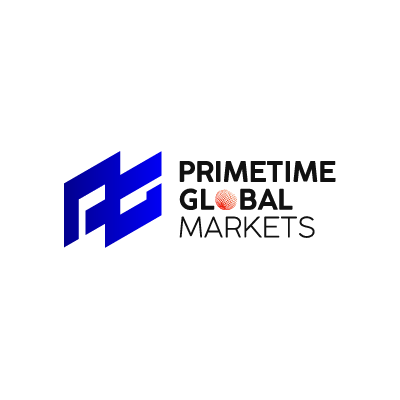PGM Trading has become increasingly popular among investors looking to diversify their portfolios. The market for precious metals like platinum, palladium, rhodium, and iridium offers unique opportunities due to their industrial applications and limited supply. As industries such as automotive and electronics rely more on these metals, understanding the nuances of PGM trading becomes crucial.
The Basics of PGM Trading
Platinum Group Metals (PGMs) are a collection of six metallic elements that share similar chemical properties. These include platinum, palladium, rhodium, ruthenium, iridium, and osmium. Each metal has distinct characteristics that make it valuable in various sectors. For instance, platinum is widely used in catalytic converters, while palladium is essential for electronics and jewelry production. Understanding these uses helps traders anticipate market movements based on industrial demand.
Market Dynamics and Trends
The global demand for PGMs fluctuates with economic cycles and technological advancements. In recent years, the rise of electric vehicles has impacted the demand for palladium, traditionally used in internal combustion engines. Traders must stay informed about emerging trends and geopolitical factors that can influence supply chains. Additionally, fluctuations in currency exchange rates play a significant role in the profitability of PGM trades.
Investment Strategies in PGM Trading
Successful PGM trading requires a strategic approach. Diversification is key, allowing traders to balance risk across different metals and markets. Short-term traders may focus on price volatility, while long-term investors might look for stable growth over several years. Technical analysis tools, such as moving averages and relative strength index (RSI), can help identify entry and exit points. Furthermore, staying updated with industry news and participating in forums can provide valuable insights from peers.
Risks and Considerations
Like any investment, PGM trading carries risks. Price volatility, geopolitical tensions, and supply disruptions are some of the challenges faced by traders. It's important to conduct thorough research before entering the market and to set clear stop-loss orders to mitigate potential losses. Educating oneself about the intricacies of the market is essential to making informed decisions.













